Overview:
3D renderings are transforming architectural design by enhancing communication, improving stakeholder engagement, and facilitating immersive experiences that bring concepts to life. The article illustrates this through various trends, such as the rise of photorealism, the integration of VR and AR technologies, and the emphasis on sustainable practices, all of which significantly improve client understanding and satisfaction while driving investment in projects.
Introduction
In the realm of architectural design, the advent of 3D rendering technology has ushered in a transformative era, enabling architects to translate abstract ideas into compelling visual narratives. This article delves into the multifaceted advantages of 3D renderings, exploring their role in enhancing client communication, streamlining project decision-making, and fostering investment confidence.
As the industry increasingly embraces innovative tools like virtual and augmented reality, the ability to create photorealistic visuals becomes essential for captivating stakeholders and ensuring project success. Furthermore, the integration of sustainable practices into the rendering process highlights the growing commitment to eco-friendly design.
By examining current trends and future innovations, this article provides a comprehensive overview of how 3D rendering not only elevates architectural visualization but also shapes the trajectory of the industry as a whole.
Transforming Ideas into Reality: The Role of 3D Renderings
The architectural design process has been fundamentally transformed by 3D visuals, reflecting trends in how 3D renderings bring concepts to life through visually striking representations. This technology enables architects to express their visions with unmatched clarity, significantly improving communication with customers and stakeholders. By offering intricate details of materials, lighting, and spatial relationships, these renderings exemplify trends in how 3D renderings bring concepts to life in an engaging and informative manner, tailored to meet the specific needs of homeowners and businesses.
This ability not only improves understanding for customers but also simplifies the decision-making process, promoting more successful results. As noted in the case studies, pre-sales visualization is pivotal in generating investment and instilling confidence in projects. It serves as a bridge connecting developers with potential investors, showcasing the immersive impact of architectural visualization in fostering community connections for future homeowners.
Moreover, the collaborative planning process supported by detailed interior visuals enhances client satisfaction by aligning their vision with expert execution. The visualization and simulation segment commanded 37% of the market share in 2023, highlighting the trends in how 3D renderings bring concepts to life across various industries, including architecture. With the demand for 3D visualization services expected to rise by over 500% by 2025 compared to 2016, it is evident that understanding the trends in how 3D renderings bring concepts to life is essential for fostering growth and success in architectural visualization.
Furthermore, visualizations serve as a tangible asset for developers, generating interest and investment long before the physical project begins. However, the industry faces challenges such as poor communication, inadequate technology, and a lack of skilled personnel, which must be addressed to ensure effective outcomes. The collaboration between TechViz and Lenovo ThinkReality illustrates continuous technological progress focused on addressing these challenges, especially in improving communication and precision in architectural visualizations.
Real-world instances, such as the application of 3D visuals in customer presentations resulting in quicker approvals and improved satisfaction, emphasize the practical advantages of this technology.
Embracing Technology: The Rise of VR and AR in 3D Rendering
Virtual Reality (VR) and Augmented Reality (AR) are transforming the domain of 3D architectural visualization, reflecting trends in how 3D renderings bring concepts to life by offering immersive experiences that enhance customer involvement and comprehension of architectural concepts. These technologies allow users to explore virtual models of structures, fostering a comprehensive grasp of spatial relationships and design intent. As emphasized by feedback from pleased customers at J. Scott Smith Visual Designs, such as “The VR experience enabled me to genuinely visualize my dream home prior to construction,” the incorporation of 3D visuals greatly boosts property worth by distinguishing market offerings through visual attractiveness.
The immersive nature of these renderings showcases trends in how 3D renderings bring concepts to life, allowing potential buyers to experience properties in a way that static images cannot, bridging the gap between imagination and reality. With the global digital asset management (DAM) market projected to grow from $3.96 billion in 2023 to $16.18 billion by 2032, architecture firms are increasingly recognizing the potential of advanced technologies to enhance their services. Notably, 70% of architecture firms are expected to boost their investments in technology within the next year, reflecting a significant trend towards adopting VR and AR solutions.
Architects report that these immersive tools not only facilitate clearer communication with customers but also generate more constructive feedback, ultimately leading to refined architectural outcomes. For example, one case study illustrated how a customer was able to visualize a complex renovation project through AR, leading to a 30% reduction in revisions. Furthermore, as these technologies keep advancing, their applications have broadened, demonstrated by various case studies highlighting effective uses of VR and AR in creating immersive experiences.
By leveraging VR, architects can significantly enhance client understanding of proposals by showcasing trends in how 3D renderings bring concepts to life, fostering a more informed decision-making process and building buyer confidence through customization options. With 73,313 businesses in architecture in the U.S., the potential market for VR and AR technologies is substantial, underscoring the importance of these innovations in shaping the future of the industry.
Achieving Photorealism: The Key to Engaging 3D Visuals
Photorealism in 3D visualization is essential for understanding trends in how 3D renderings bring concepts to life, as it helps craft compelling visuals that accurately represent architectural designs and capture the essence of the design. Since 2016, the number of images per product has risen from 3 to 8, reflecting the increasing demand for high-quality, realistic representations in architectural visualization. Key techniques such as:
- Advanced lighting simulation
- Precision texture mapping
- Meticulous material representation
are integral for achieving this level of detail.
By utilizing state-of-the-art rendering software and mastering the principles of light and shadow, architects can produce images that closely emulate real-world conditions. This level of realism not only captivates customers but also enhances collaboration and communication among stakeholders, showcasing the trends in how 3D renderings bring concepts to life, making architectural concepts more relatable and appealing. Furthermore, the use of 3D models throughout a building’s lifecycle can potentially reduce facility operation costs by up to 30%, showcasing the practical benefits of photorealism in architectural creation.
As development progresses, detailed 3D visualizations reflect the trends in how 3D renderings bring concepts to life, assisting clients in evaluating options and experimenting with material selections to ensure their satisfaction. The shift from conventional hand-drawn sketches to computer-assisted drafting (CAD) since the 1980s—culminating in today’s immersive visualization capabilities—marks significant advancements in architectural presentation. Today, architects can create virtual walkthroughs and make real-time modifications, thereby enhancing the process significantly.
Small elements in illustrations convey a persuasive narrative, enabling clients to picture the final result more vividly and promoting a deeper comprehension of the purpose. As Liam Gennadiy aptly points out, ‘Time can be spent on the creative process itself rather than on organizational aspects,’ emphasizing how technological advancements streamline workflows, allowing for a greater focus on innovation.
Sustainable Design: Integrating Eco-Friendly Practices in 3D Rendering
Sustainable architecture has emerged as a fundamental focus in architectural practice, highlighting trends in how 3D renderings bring concepts to life as a pivotal tool in this evolution. By effectively visualizing eco-friendly materials and energy-efficient designs, architects can communicate their dedication to sustainability with clarity and precision. For example, a recent endeavor by XYZ Architects employed advanced visualization methods to highlight a structure that optimizes natural light and integrates solar panels, resulting in a 30% decrease in energy usage.
Recent statistics reveal that:
- 28% of global architects, engineers, contractors, owners, and investors report that their projects qualify as green.
- An additional 42% expect to reach this benchmark within the next three years.
This shift emphasizes the necessity of integrating sustainable practices into production processes. Moreover, advanced 3D representations play a crucial role in pre-sales visualization, illustrating the trends in how 3D renderings bring concepts to life as a bridge between concept and reality.
They empower developers to generate interest and investment long before the physical manifestation of a project, thus enhancing project confidence. Furthermore, these representations can simulate environmental impacts—enabling architects to make informed decisions regarding resource utilization and energy consumption. With 73,313 businesses in architecture across the U.S., the scale of the industry highlights the increasing importance of sustainable practices.
Additionally, the competitive investment landscape is illustrated by the fact that the U.S. invested over $86 billion in green building in 2021, ranking second globally behind China. As the architectural landscape increasingly prioritizes sustainability, the trends in how 3D renderings bring concepts to life become essential for architects striving to promote eco-friendly practices and drive investment within this dynamic industry. 3D visualization is not only valuable in architecture but also acknowledged in areas such as medical imaging, training simulations, product prototyping, and graphic arts, demonstrating its diverse applications and importance.
Collaboration and Communication: Enhancing Stakeholder Engagement through 3D Renderings
3D renderings serve as essential tools for enhancing collaboration and communication among stakeholders, including customers, contractors, and creative professionals, showcasing trends in how 3D renderings bring concepts to life at J. Scott Smith Visual Designs. By providing a clear visual reference, architects can facilitate productive discussions that align expectations and mitigate misunderstandings, significantly enhancing project efficiency. Our high-quality visualizations connect abstract concepts with client understanding, reflecting trends in how 3D renderings bring concepts to life, thereby enhancing engagement and clarity throughout the creation process.
The ability for real-time alterations to these visuals further enhances dynamic collaboration, enabling all stakeholders to actively participate in the development process. Recent trends in how 3D renderings bring concepts to life indicate that industries such as healthcare are increasingly adopting 3D mapping and modeling technologies, underscoring a growing reliance on visual tools to enhance stakeholder engagement in architectural practices. This shift is particularly significant as the healthcare industry segment is projected to record a leading CAGR during the forecast period, highlighting the importance of these technologies.
Moreover, with 98% of employees indicating ongoing dissatisfaction with video meetings held from home, the necessity for efficient communication tools such as 3D visuals becomes more apparent. As one industry expert aptly puts it, ‘My advice is to embrace collaborations, reach out to others, and don’t be afraid to ask for their help.’ This sentiment resonates strongly in architectural practices, where visual clarity is paramount for effective dialogue and decision-making.
In conclusion, embracing these collaborative tools not only improves stakeholder engagement but also enhances overall results, ensuring that your design vision aligns with the trends in how 3D renderings bring concepts to life. To further illustrate our commitment to this process, we follow a structured collaborative rendering approach that includes:
– Initial communication
– Briefs
– Material selection
ensuring that every detail aligns with your vision. Client testimonials consistently emphasize our capacity to surpass expectations, with one client mentioning, ‘Scott’s attention to detail and dedication to our endeavor made all the difference.’
Adopting these collaborative tools not only boosts stakeholder involvement but also enhances overall results, ensuring that your creative vision is perfectly captured and conveyed.
The Future of 3D Rendering: Innovations on the Horizon
The future of 3D visualization technology is on the brink of groundbreaking advancements that promise to revolutionize the architectural design process, reflecting trends in how 3D renderings bring concepts to life. At J. Scott Smith Visual Designs, we highlight a cooperative design process that starts with initial interaction through our virtual assistant, enabling individuals to inquire and submit proposals via our web portal. This is succeeded by a brief overview where we collect comprehensive information about your objectives and particular visualization requirements.
Our group then produces preliminary visuals based on this information and enhances them through ongoing customer feedback. This iterative process ensures that our outputs accurately reflect your vision, enhancing client satisfaction and investment value in unique projects. As artificial intelligence (AI) evolves, it is set to streamline rendering workflows, highlighting trends in how 3D renderings bring concepts to life and significantly improving the speed and efficiency of high-quality visual production.
This shift will empower architects to focus more on creativity and design rather than technical constraints. Furthermore, the MacOS segment is projected to grow at the fastest rate during the forecast period, largely attributed to its exceptional user experience and visual quality. This growth will be complemented by advancements in cloud computing, facilitating real-time collaboration among teams dispersed across various geographical locations.
Affordable software packages such as Virtual Architect 3D and SketchUp Pro, costing just under $100 per year, are becoming increasingly accessible, allowing architects to leverage these advancements without significant financial investment. As these technologies advance, it is imperative for architects to remain agile and embrace new tools that enhance their visualization capabilities. In the words of industry leaders:
- “Create harmony between your brand and client feedback.
- Adjust your messaging and engage in meaningful dialogue to reflect their valuable insights.”
This adaptability is crucial as architects navigate the trends in how 3D renderings bring concepts to life in contemporary visualization technologies. Furthermore, as demonstrated in our joint design stage, which encompasses thorough material and lighting choices, successful development depends on high-quality visual representations that reflect trends in how 3D renderings bring concepts to life, aiding decision-making and enhancing effective communication of architectural ideas.
We encourage you to reach out to us to discuss how our collaborative approach can bring your architectural vision to life.
The Importance of Continuous Learning in 3D Rendering
In the fast-paced field of 3D visualization, continuous learning is paramount for architects aiming to sustain their competitive advantage. As the industry witnesses the introduction of advanced software, innovative techniques, and emerging technologies, architects must actively engage in professional development to remain adept and knowledgeable. This commitment can manifest through various avenues, such as:
- Attending specialized workshops
- Enrolling in online courses
- Participating in industry-focused communities
A recent study comparing the results of 112 Egyptian architects highlights the critical role continuous learning plays in enhancing skills and productivity. Furthermore, the ongoing pandemic has posed challenges to the industry, with 43.2% of firms reporting delays in their initiatives, underscoring the importance of adaptability in these uncertain times. The significance of investing in training is further underscored by the statistic that 40% of employees with inadequate training tend to leave their positions within the first year.
Additionally, a PwC survey revealed that 72% of employees express enthusiasm for new learning opportunities, yet only 2% of organizations adequately meet this demand. By prioritizing continuous learning, architects not only enhance their visualization skills but also adapt to evolving market needs, ultimately delivering more innovative and effective design solutions. Moreover, investing in high-quality visual representations showcases the trends in how 3D renderings bring concepts to life, serving as a strategic approach to project development that enables architects to communicate their vision more effectively, charm investors, and streamline the approval process.
The case study titled ‘Engagement through Learning’ illustrates this gap in professional development opportunities, showing that addressing it can lead to increased productivity and lower turnover. Fostering a culture of ongoing education and understanding the investment in impressive 3D renderings is not just beneficial; it is essential for thriving in the architectural landscape of 2024 and beyond.
Conclusion
The emergence of 3D rendering technology has fundamentally transformed architectural design, offering vital advantages in communication and project execution. By converting abstract ideas into photorealistic visuals, architects can effectively convey their vision to clients and investors, facilitating informed decision-making. The integration of immersive technologies like VR and AR enhances this experience, enabling clients to interact with virtual models and better understand design intent.
Sustainability is increasingly at the forefront of architectural practice, and 3D rendering is essential for visualizing eco-friendly and energy-efficient designs. This capability not only showcases a commitment to environmental stewardship but also enhances the marketability of projects in a competitive landscape.
Furthermore, high-quality renderings improve collaboration and communication among stakeholders, streamlining the design process and aligning expectations. As the demand for realistic visuals grows, continuous learning and adaptation to emerging technologies become crucial for architects to maintain their competitive edge.
In summary, the future of architectural visualization is bright, driven by technological advancements and a commitment to sustainability. The strategic use of 3D rendering will be instrumental in shaping successful projects and fostering meaningful connections among architects, clients, and communities. As the industry evolves, these tools will play a critical role in promoting growth and innovation in architectural design.

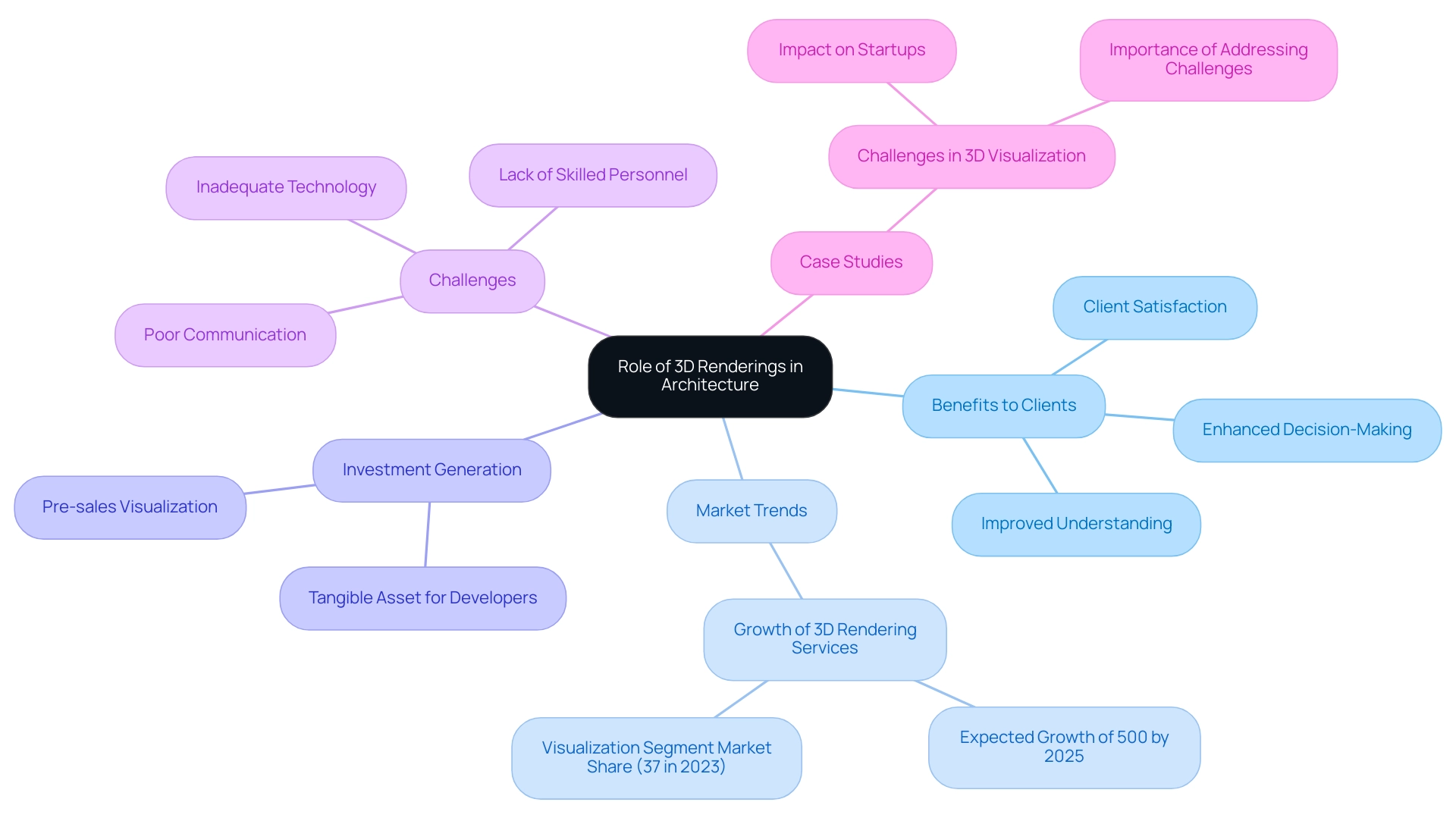
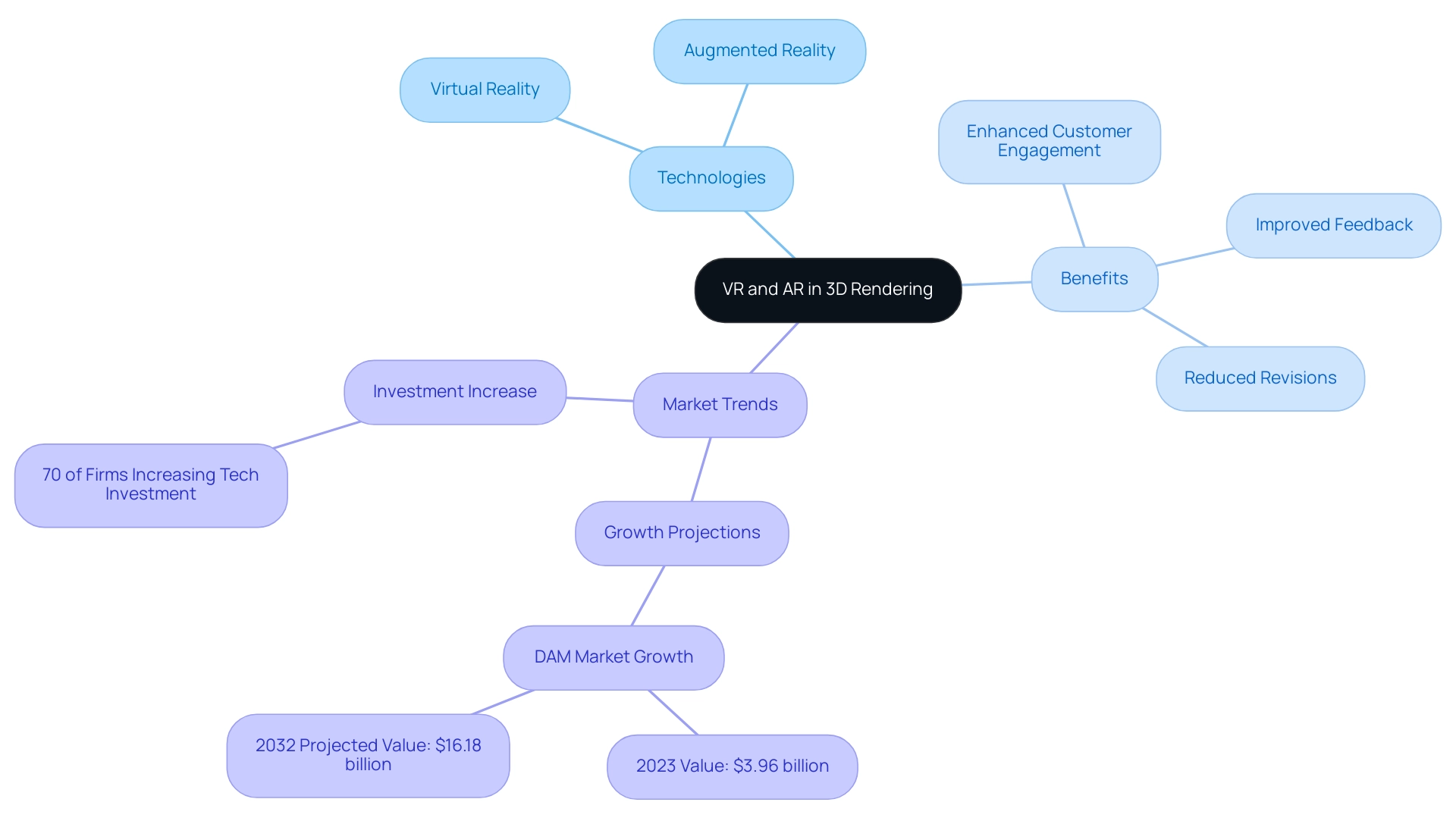
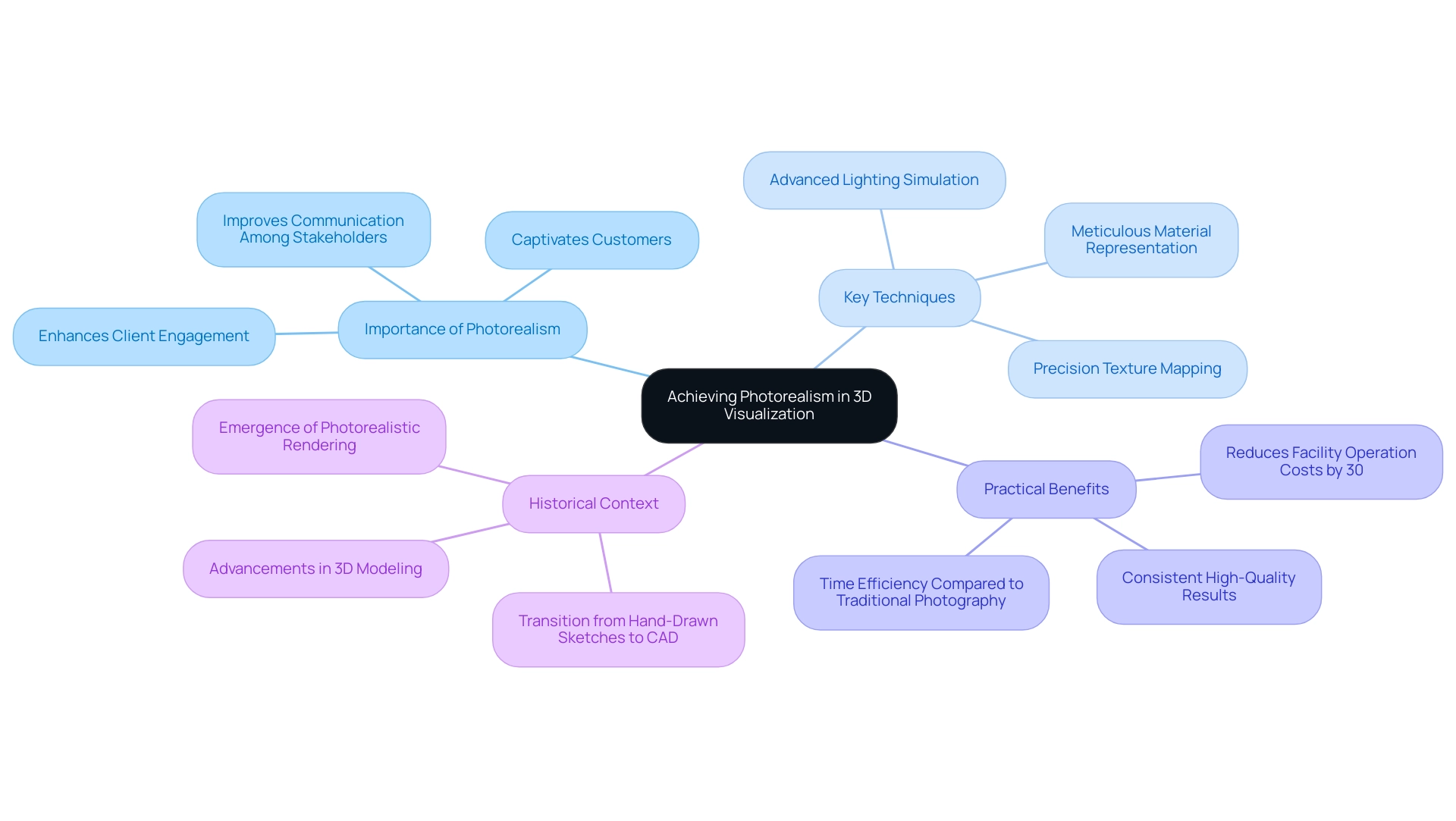
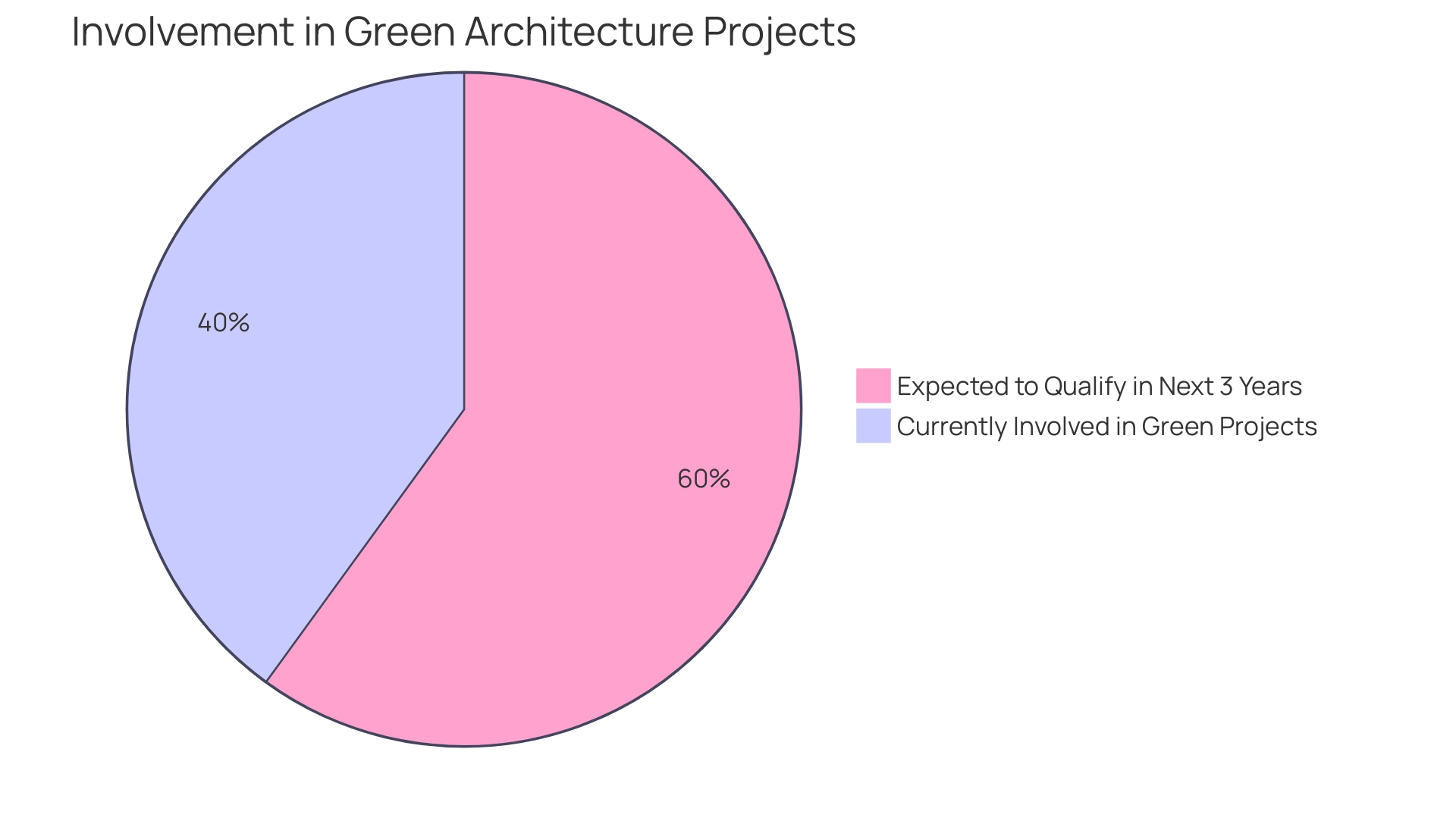
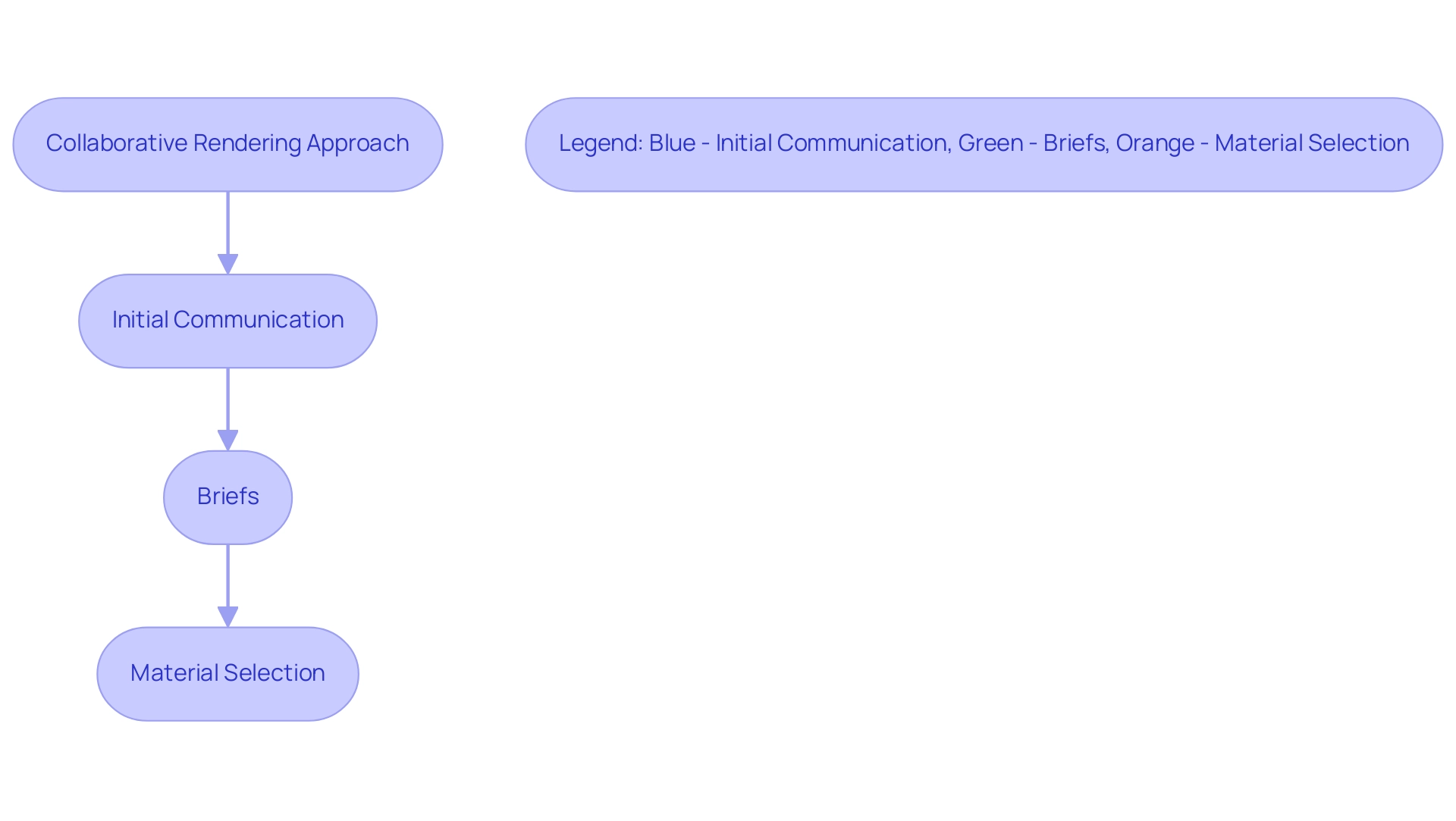
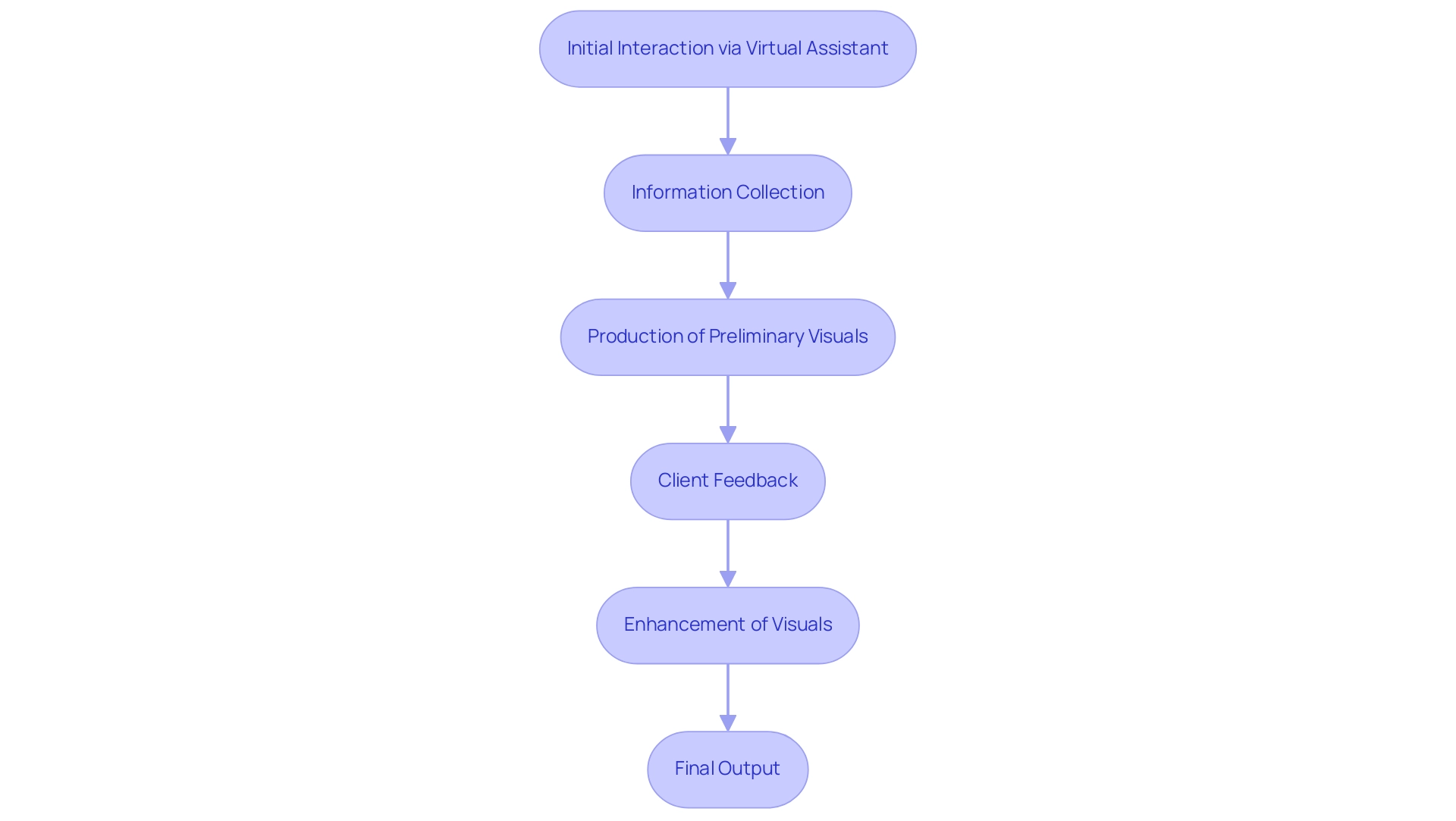
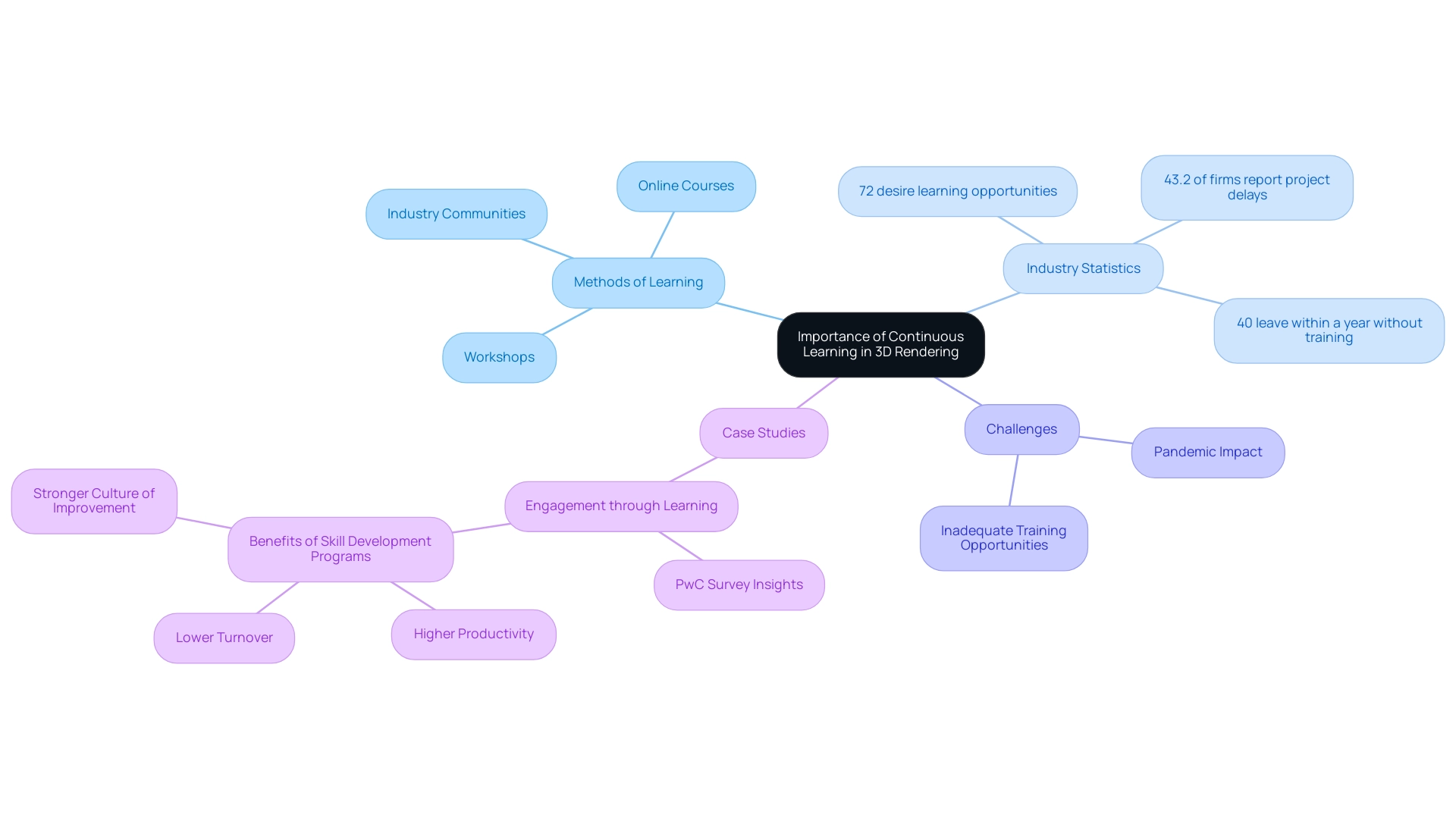
0 Comments